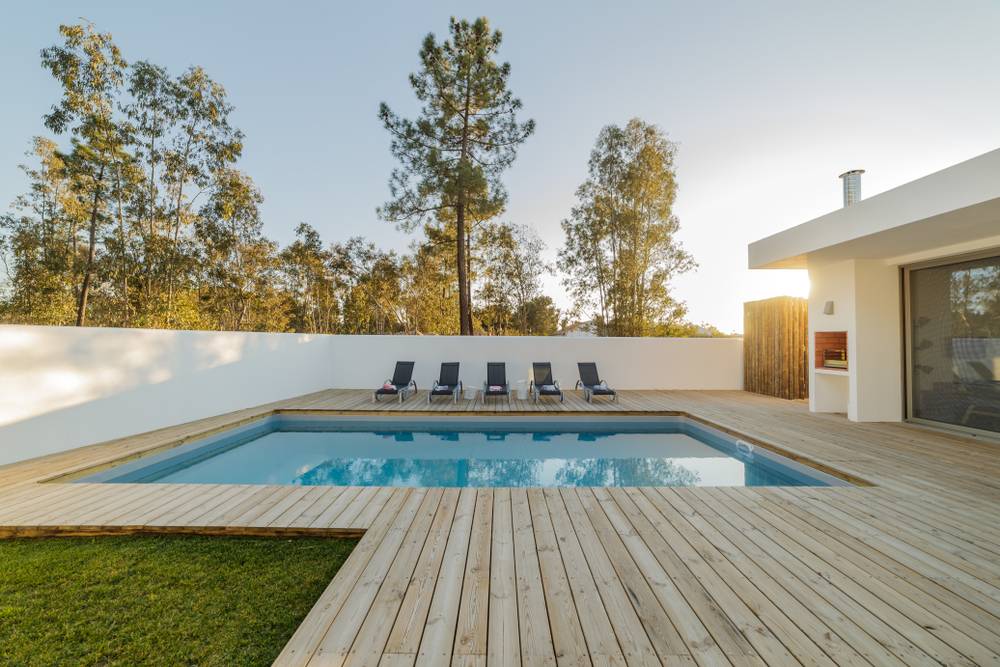So last year I had an unexpected algae storm (first in two years) and I ended up here learning all about CYA, liquid chlorine, algaecides, etc. at the time my CYA was around 100/110. (I was a “stuff the chlorinator and be happy” guy before this. Since the closing and opening (and adding water to open) I just tested around 80ppm.
What does the life of a pool owner with 80ppm CYA and using liquid chlorine look like? If I just need to maintain 8ppm chlorine, is there an issue?
(My chlorinator is apparently near end of life, so I’d prefer to switch to a salt water chlorinator when it is replaced) Also, i am on city water so I’d prefer to not drain and refill 10,000 gallons to end up at 40ppm.
Thanks for any comments and experiences.
What does the life of a pool owner with 80ppm CYA and using liquid chlorine look like? If I just need to maintain 8ppm chlorine, is there an issue?
(My chlorinator is apparently near end of life, so I’d prefer to switch to a salt water chlorinator when it is replaced) Also, i am on city water so I’d prefer to not drain and refill 10,000 gallons to end up at 40ppm.
Thanks for any comments and experiences.


